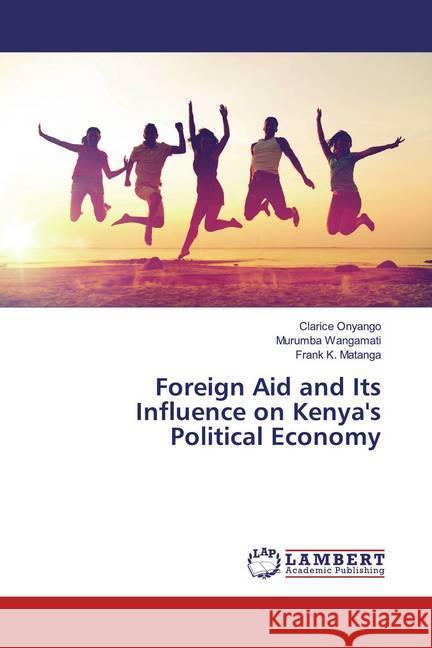Foreign Aid and Its Influence on Kenya's Political Economy » książka
Foreign Aid and Its Influence on Kenya's Political Economy
ISBN-13: 9786200286352 / Angielski
Globally, foreign aid forms one of the largest components of foreign capital flows to low-income countries. For the last four decades, countries of Sub-Saharan Africa including Kenyan have relied on external aid to alleviate poverty and address underdevelopment. Up to 2015, global foreign aid stood at $152.5 Billion with $45.8 billion given to Sub Saharan African countries and $2.5 billion given to Kenya. However, current socio-economic indicators reveal that Kenya, just like other Sub Saharan African countries, is fairing worse as compared to Asian Tigers with unemployment rate at 40.0%, poverty rate at 57.0%, indebtness at 52.8% of GDP and economic growth rate of 5.5% despite 30.13% of global foreign aid given to Sub Saharan African countries. Past studies have hardly focused on the nexus between foreign aid and the resultant political economy status in Africa and whether foreign assistance has any impact in Africa as it is still caught up in poverty and remains behind the developing world. Similarly studies in the contexts of the relationship between foreign aid and political economy have yielded mixed results with some indicating positive and others negative results.











